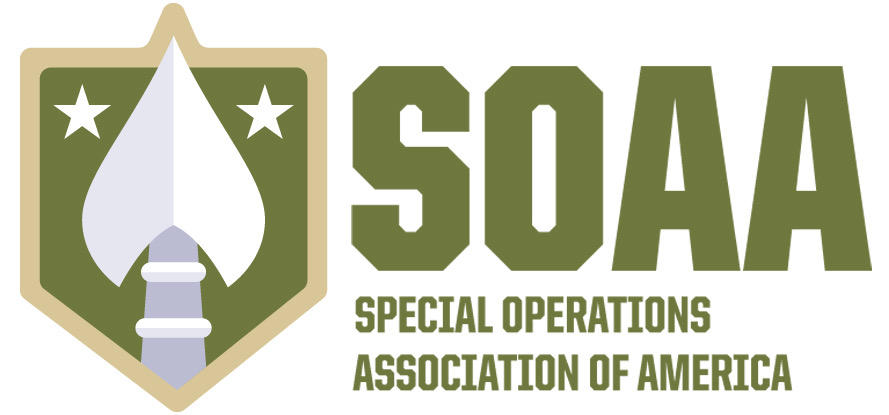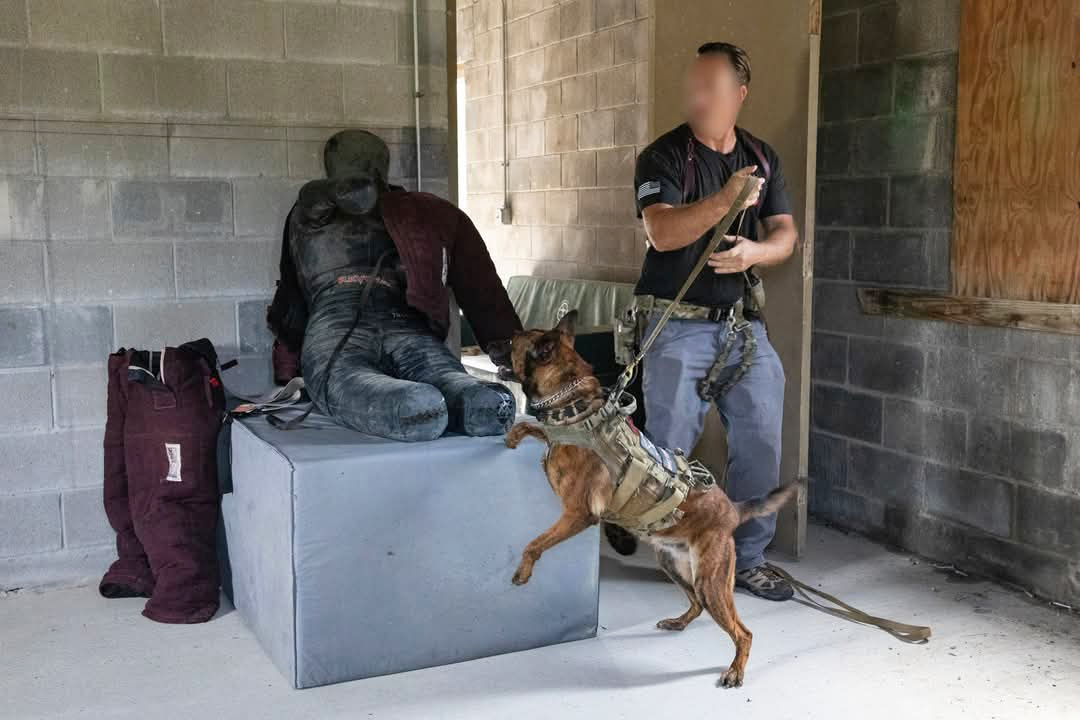In Special Operations, where precision, discipline, and resilience define success, one group of warriors remains largely unseen and unrecognized: the elite canines of the U.S. Army Special Forces. These four-legged operators endure grueling selection, training, and hardships alongside their human counterparts, forming unbreakable bonds with the soldiers with whom they serve.
In the photo: A soldier accompanies his dog during a training exercise at Eglin Air Force Base, Fla., March 12, 2025. Photo credit: Army Maj. Patrick Connelly
Read the full article by the Department of Defense to learn more about these K9 Green Berets.
Prospective canine recruits undergo a rigorous vetting process that rivals the assessments faced by aspiring Green Berets. The selection process identifies dogs with the mental fortitude and physical resilience required to operate in high-stress environments. Belgian Malinois, known for their intelligence, agility, and endurance, are the breed of choice for these intense roles. Like their human teammates, these canines must pass extensive medical and behavioral evaluations, ensuring they can handle the physical demands of combat. Many are eliminated due to underlying health conditions that might not manifest until the extreme conditions of military operations take their toll. Others may lack the precise balance of aggression and control needed for the role. Only a select few advance to training, where their natural instincts are honed into the disciplined skills required of a Special Forces operator.
Once selected, these canines become integral members of their teams. They train in explosives detection, tracking, and direct combat engagements, often deployed in the most high-stakes missions. They are not merely tools; they are warriors with a rightful place in every operational plan. They learn to operate seamlessly within their units, responding to commands with precision. Whether leaping from helicopters, tracking enemy combatants through unforgiving terrain, or detecting explosives before they can harm their team, their contributions are immeasurable.
But the battlefield takes a toll. Just like their human teammates, these dogs endure stress, injuries, and the wear and tear of combat. They break teeth, rip toenails, and suffer from joint damage due to their relentless pursuit of the mission. Their handlers, many of whom are also Special Forces medics, provide immediate medical care, treating these dogs with the same urgency and dedication given to their fellow soldiers.
A Special Forces canine’s service does not end abruptly—it transitions with care and honor. Some dogs continue to serve in conventional military roles or law enforcement, while others, too affected by combat’s demands, retire to a quieter life. Whenever possible, these canines are adopted by their handlers, ensuring they spend their remaining years in a familiar and loving environment. The bond between these elite dogs and their handlers transcends service. They stand side by side, sharing the same dangers, victories, and sacrifices. For many handlers, their canines are more than just partners—they are close friends, fierce protectors, and an unwavering source of strength.
Special Forces canines are more than just dogs—they are warriors who embody the highest standards of service. They fight, suffer, and triumph alongside their human counterparts, demonstrating dogged dedication and bravery. Their contributions to national security are profound, and their legacy is one of loyalty and heroism. They may not speak our language, but their actions echo the deepest values of the warrior spirit.





